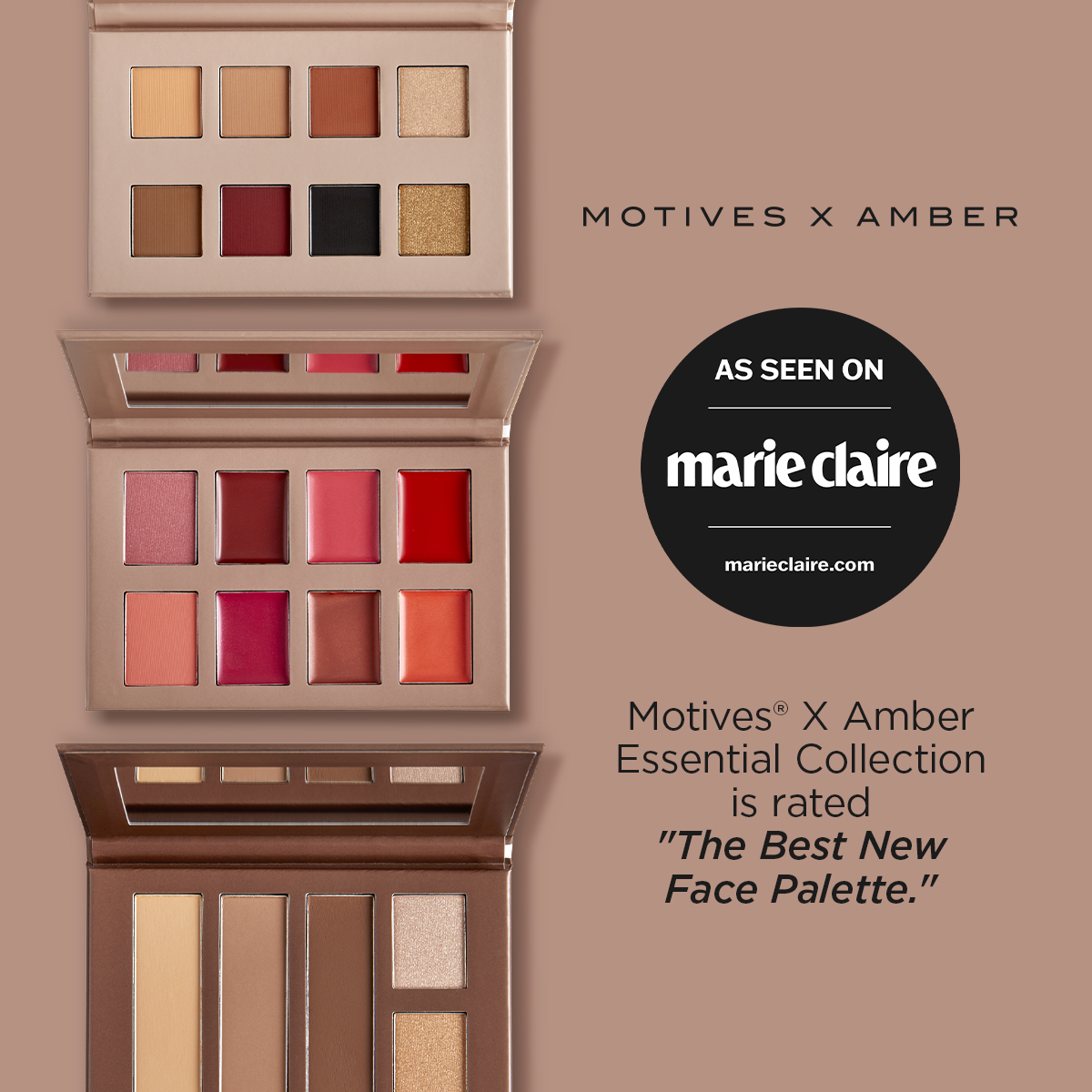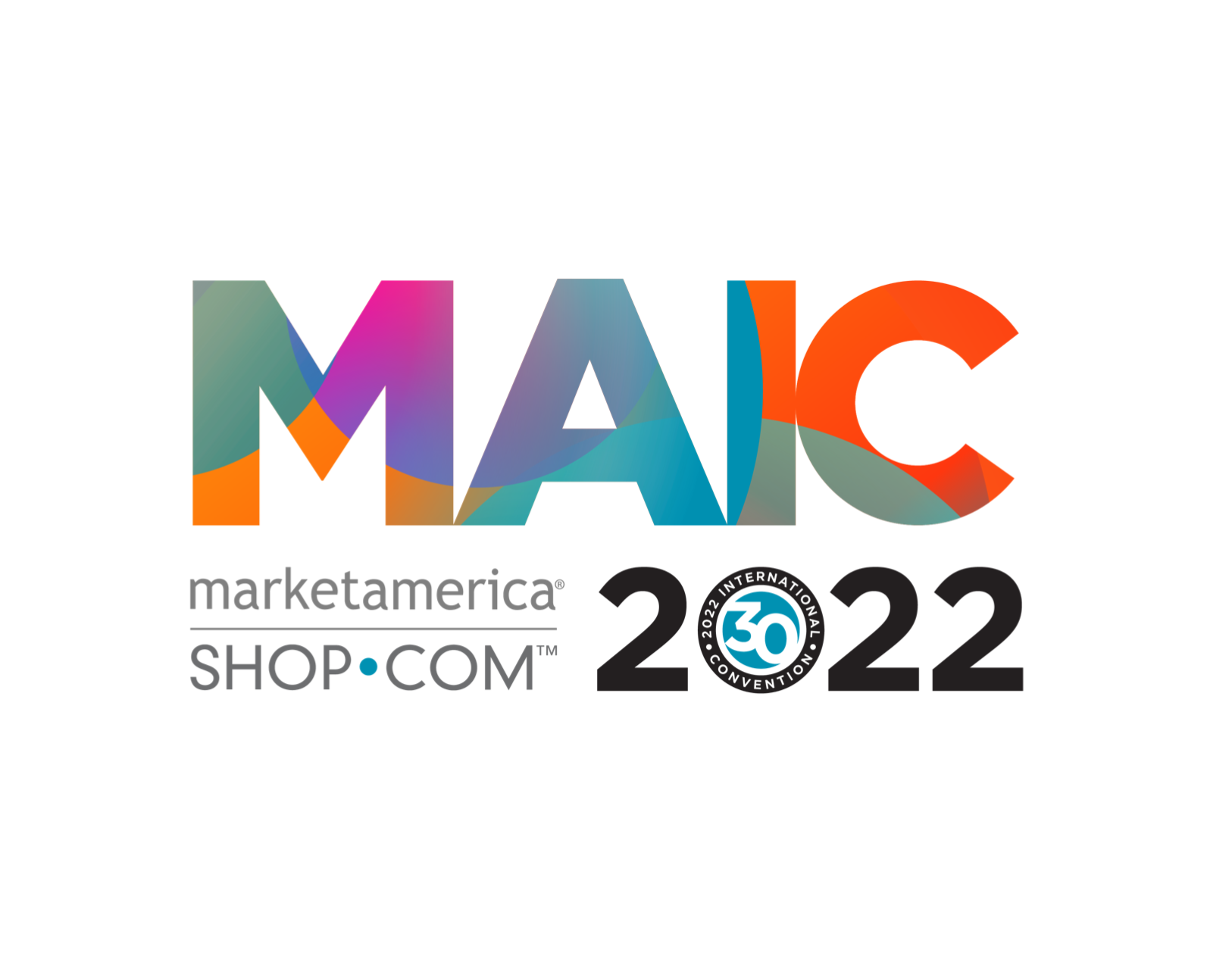Many of you ask me the same questions: How do I protect my brand and what do I have to do? Picking out the perfect name is as important as having the perfect domain name, twitter handle and Facebook fan page. It’s your name, your brand, your business and your identity so making sure your name is protected is critical as a business owner. Let’s say you have already designed the perfect logo and picked out the perfect name, what’s next? You want to make sure you can legally use and protect the name. You don’t want to invest money and time building “brand equity” with the name of your company if someone else already has it. That’s where trademark laws come in. As time consuming and dreadful they can be, trademarks protect the rights of owners of a company, keeping others from using their names on similar or competing products or services. Trademarks also protect consumers; by preventing other companies from using the names or marks of others, consumers can be confident of who they’re buying from.
A trademark is meant to protect your “intellectual property” valuable company assets that are not tangible, but are the result of brainwork and creativity. There are three main ways to protect intellectual property:
• Through trademarks for names, logos and other identifiers of products or service marks for services. These are relatively easy and not too costly to obtain.
>• Through copyrights for creative works, whether books, music, art or software. These are very easy and inexpensive to obtain.
• Through patents for inventions. These are difficult and expensive to obtain.
Trademarks are more important than ever, especially if you’re investing a lot of time and money in a brand name or intend to do business in more than one state. Before the invention of the Internet, you may have happily and legally done business in your community without being confused with a business using the same name in another state. Now if one of you puts up a website, customers won’t know who’s who.
When you apply for a trademark, you indicate what category or categories of products or services you’re going to use it for. You only get protection for the type of use you indicate.
There are limits to what you can trademark. A name has to be “distinctive” and not merely “descriptive.” In fact, if you’re inventing a whole new product category, you may need to come up with a generic way to describe it. Once you have a trademark, you have to protect it. If a company doesn’t protect their trademark, they can lose it.
Once, for instance, the word “zipper” was a trade name of the B.F. Goodrich company, but people used the term to describe all such fasteners, and the name lost any protected status. That’s why companies with products such as Kleenex ™, Coke ™ or Google ™ send “cease-and-desist” letters to companies who use their names to refer to similar generic products or services.
You can start to acquire rights in a name without registering with the U.S. Patent and Trademark Office, just by putting the symbols “TM” (for products) or “SM” (for services). But registering the mark gives you more protection. Once you’ve registered with the USPTO, you can use the symbol “R” in a circle.
>To get started on your trademark search, begin at the U.S. Patent and Trademark Office’s website (www.uspto.gov, under “Trademarks”). That helps you eliminate a number of names right from the start. But since companies can acquire rights without registering — if you’re investing a lot of money in a name — you may want to hire a trademark attorney or search firm to do a more complete search for you.





